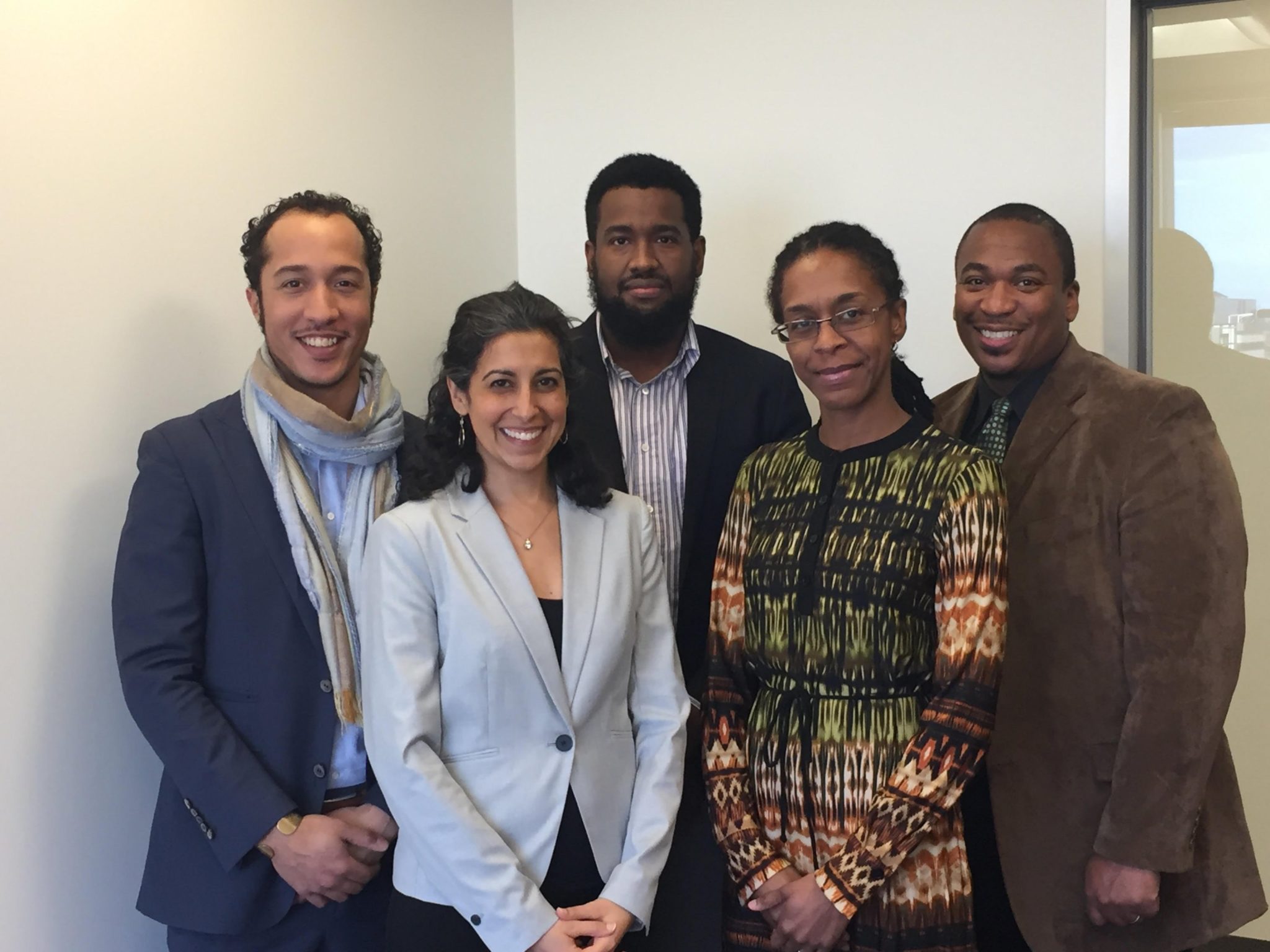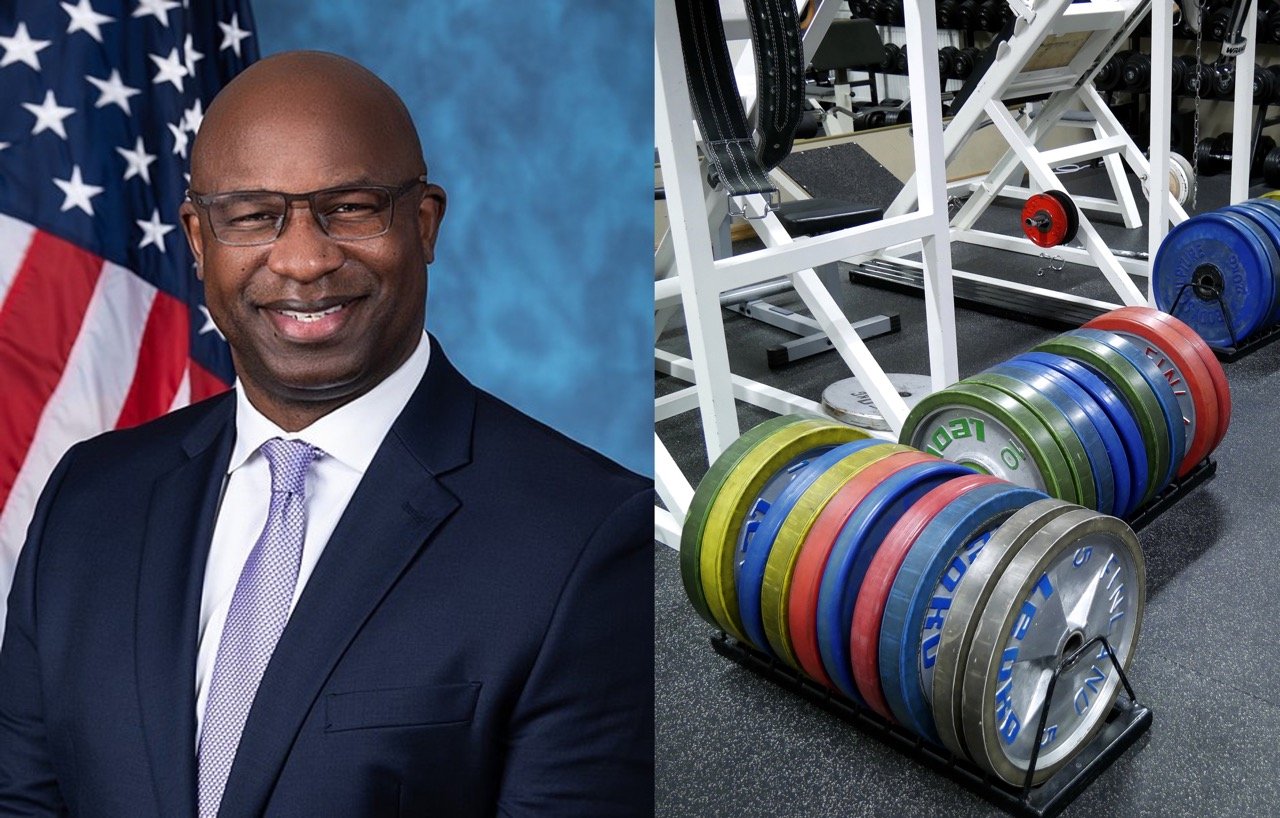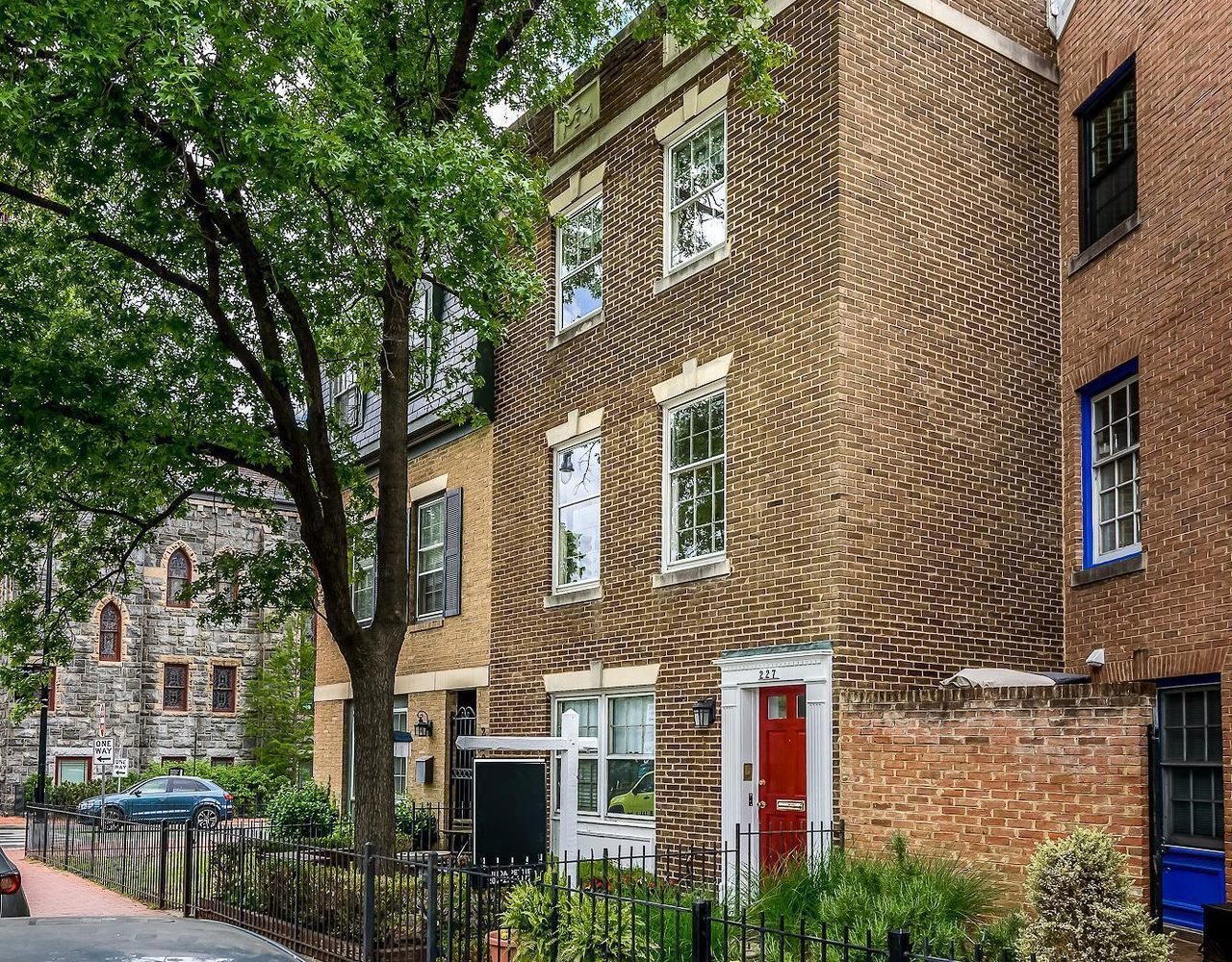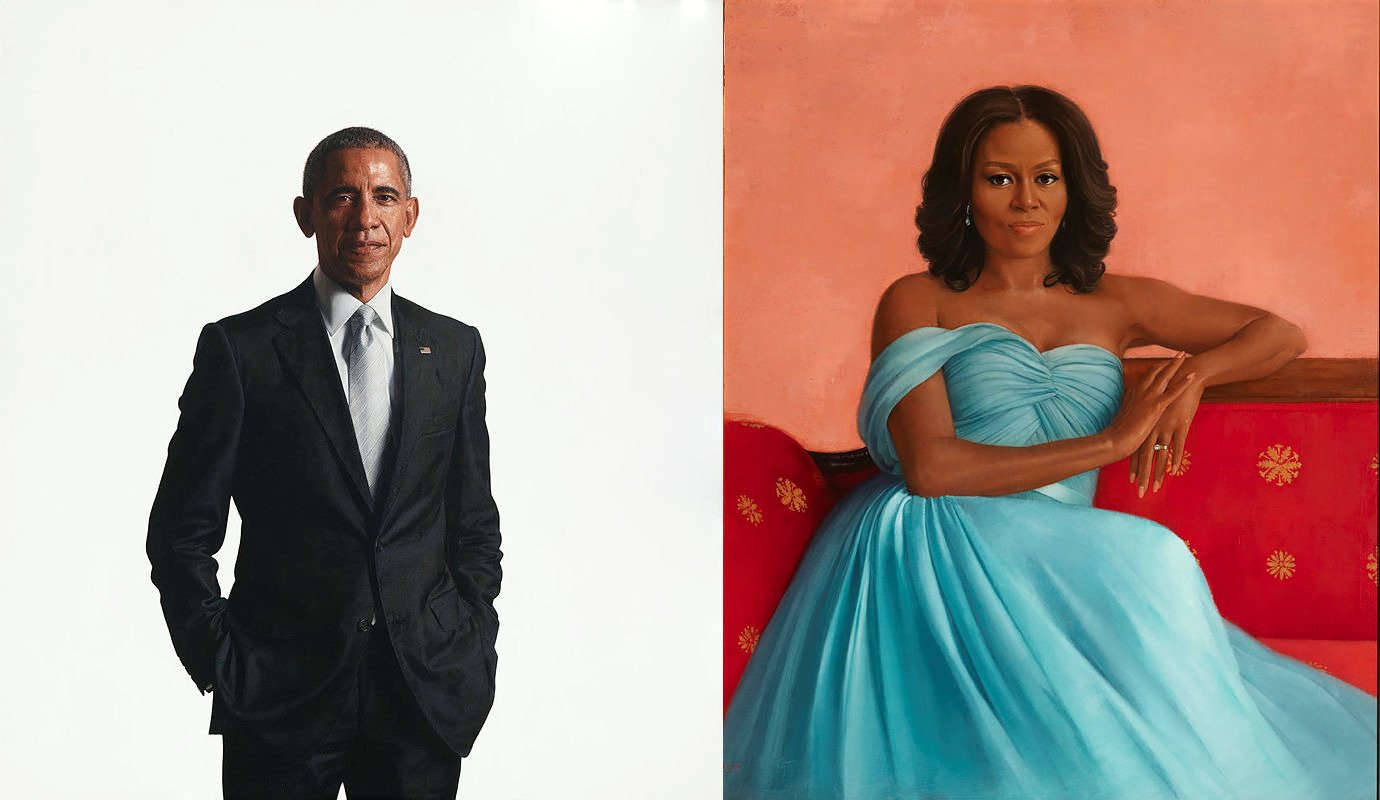In only its second year, the fellows program of the Obama Foundation, based in Chicago, has vaulted itself into an elite tier of recognition for civic service. The fellowship, as the Foundation’s promotional materials describe, is awarded to those “confronting many of the world’s most pressing problems through civic engagement,” and is granted to a small handful of applicants with service-oriented ideas ranging form agriculture to Native American rights.
This year, the program has received more than 5,500 applications from 160 countries. Of the 20 fellows chosen, only one is from Washington, DC: Seema Gajwani, a special counsel in the Office of the Attorney General, where she leads the Restorative Justice and Victim Services Section. Restorative-justice programs bring together perpetrators and victims in a setting designed to achieve reconciliation, instead of pursuing prison time. The programs have proven an increasingly appealing option to law enforcement in several cities, as the country has experienced a political realignment on incarceration policies in the past decade. (One proving ground for the concept has been public education, where its use has been proliferating for several years.)
In 2016, Gajwani launched the restorative-justice program with the approval of DC attorney general Karl Racine. In a recent phone interview, edited for length and clarity, Gajwani described the successes and challenges of the program, and why she thinks the restorative-justice model may catch on nationwide.
First of all, what is restorative justice? Can you describe the concept?
The restorative justice program is [mostly] for juvenile offenders. We actually offer a victim any number of options for their case, and one of them is restorative justice. And if they agree to do it, it’s because we’ve already spoken to the young person who’s committed the crime, and we’ve already gotten their interest in participating. Once we have consensus on both sides, people are amenable to sitting down and having a conversation and attempting to resolve the matter and make it right, to the extent possible.
In the restorative-justice conference itself, there are three main components. One is where the [offending] young person has to talk about what they did; then everyone else gets to speak about what happened to them. The second component is how everyone was impacted by this [the crime]. The victim starts there, and talks about the impact of the crime in their lives. Then the third core component is the agreement. So, everyone actually gets to weigh in on what needs to be part of an agreement that resolves the matter, what everyone needs to do for the matter to be considered resolved. But it’s a consensus agreement, and everyone has to sign off on it. Once the agreement is written, and everyone agrees to the terms, then everyone signs off. [After the conference,] the program facilitator monitors compliance with that agreement during the period of time that’s listed.
Restorative justice has been around for long time. The real innovation was thinking about bringing it into a prosecutor’s office. We believe we’re the first prosecutor’s office that has restorative justice professionals working hand-in-hand with prosecutors, sitting alongside prosecutors.
What are some case studies where the program worked well?
We have basically two buckets of cases. One bucket are cases where the people know each other—there’s conflict between youth who live in the same neighborhood, or go to the same school. Then we have another bucket of cases, which are cases [involving] strangers—we get a lot of people getting their cell phone snatched on the Metro platform.
Or even more serious cases. We’ve gotten car-jacking cases, we’ve had burglary and robbery [cases]. We often get assault cases, theft cases, cases where there’s been a victim of property damage or [someone] physically hurt. We don’t take any gun cases for restorative-justice programs.
Recently we had a conference between a young person who committed an assault, where the victim was a woman who was traveling on the Metro bus and sees these same young people again and again. Then we have examples of cases of young people who are fighting on behalf of crews in the neighborhood.
We had one case where a young person went through a two-hour, really emotional conference with a police officer. The officer was a transit officer who actually was pretty badly hurt—he was trying to apprehend the teenager on the Metro, and the young person kind of pushed him out of the way, and the officer fell, doing real damage to his shoulder. He had to go through multiple surgeries, went through a lot of pain. There’s potentially serious charges—resisting arrest, assaulting a police officer, all these serious charges, even felonies.
Then they had a conference together. It was incredibly powerful. The police officer said to him, “I’ve been doing this for ten years. I’ve seen kids like you go in and out of the system. I know that we could prosecute. You’re just going to come out of the system and be even more mad. So I agreed to do this just to see you say sorry, so I could assess whether that’s sincere.” In a conference, the offender and the victim also bring a friend or a family member, or a mentor, just so they’re not alone. The young person was there with family [members], and the coach of his football team. The police officer brought his wife, who is a detective at MPD. She walked into that room, arms crossed, looking really skeptical. By the end, the conference was really moving. Everyone hugged each other after—the detective was really moved by it as well.
The kid and the officer made an agreement, and one of the terms was that the boy was to call this officer every week, once a week, for the next several months. The young person did check in, and eventually the case got closed and dismissed. But then the officer invited the young person to a family cookout. They’re really strong friends now. Later, the officer said, “We need more of this. This is the only way we’re going to move forward, and for kids to learn from new experiences.”
How many of these cases are successful?
We’re up to 95 conferences that we’ve done. Only five have been returned to the prosecutor. Every week we pick up a few more—our numbers keep growing.
Why do this? Why not just put juveniles through the standard process of prosecution?
You can prosecute an [offender] through the whole process: You can take them to court, make them do drug testing, check in with a [probation] officer, and have them take a plea or go to trial. They’re going to go back into the community, and the underlying conflict that resulted in the crime, that won’t have ever been resolved. What happens is, it gets worse. Because there’s a strong snitching culture, or a fear of retaliation. If the underlying conflict isn’t resolved, then when people see each other, that might bubble up into more conflict in the future. So prosecutors and victims learn that this offers them a chance to resolve the matter, and that is far more powerful than even prosecuting the person who hurt them.
It also helps young people accused of a crime. Not only do they get this off-ramp [from prosecution], if they’re successful with restorative justice, it also gets them a chance to build empathy. It gives them a chance to learn how their actions impacted somebody else. And it helps young people build their own consequential thinking.
And the evidence backs that up?
There is not a ton of research out there, but there are studies that have been done in different jurisdictions in the US and also internationally. What the research shows is that when restorative justice is used as an alternative to the court process—for juveniles—you get a reduced recidivism rate compared to similarly situated young people who go through the court process.
We’re not just talking about recidivism rates, which are benefits to the [offender], but also what the victims get out of it. Because restorative justice programs have also shown to result in higher rates of victim satisfaction, and high rates of payments of restitution, when that’s in the agreement.
We just recently hired a data statistician in our office, and having him look through the research and figure out our own model of evaluation. I think you’ll also find from a procedural justice standpoint, not only do victims feel more satisfied with process and the process is fair, but also all the participants—including the defendants—feel this process is more fair and just than the regular court process.
The reconciliation conferences aren’t 100 percent successful, though.
Sure. The cases where it’s not successful are typically when the kid doesn’t show up to the conference, or because they don’t get to consensus in the agreement, or because the kid doesn’t fulfill all the terms of the agreement. We had one case where the police officer was a victim, and the [offender] was 17 years old. He also had to check in with the officer, and he just didn’t do it.
Are there benefits to this approach even when it’s unsuccessful?
Yes. One thing we’ve been thrilled about is that having this program in the prosecutor’s office has changed how prosecutors see their work, and see the opportunities for victims and offenders. We made the decision to have prosecutors sit in on restorative justice conferences. Once they did, immediately we’d see a change—they’d send us more referrals, and more serious cases. I’ve heard prosecutors say it’s really changed their view of the justice system, and what it can do for victims of crime. Even really hardcore prosecutors say, “I don’t know necessarily that it’s going to make [offenders] better, but I know this gives victims way more than [they would have] otherwise.”


















